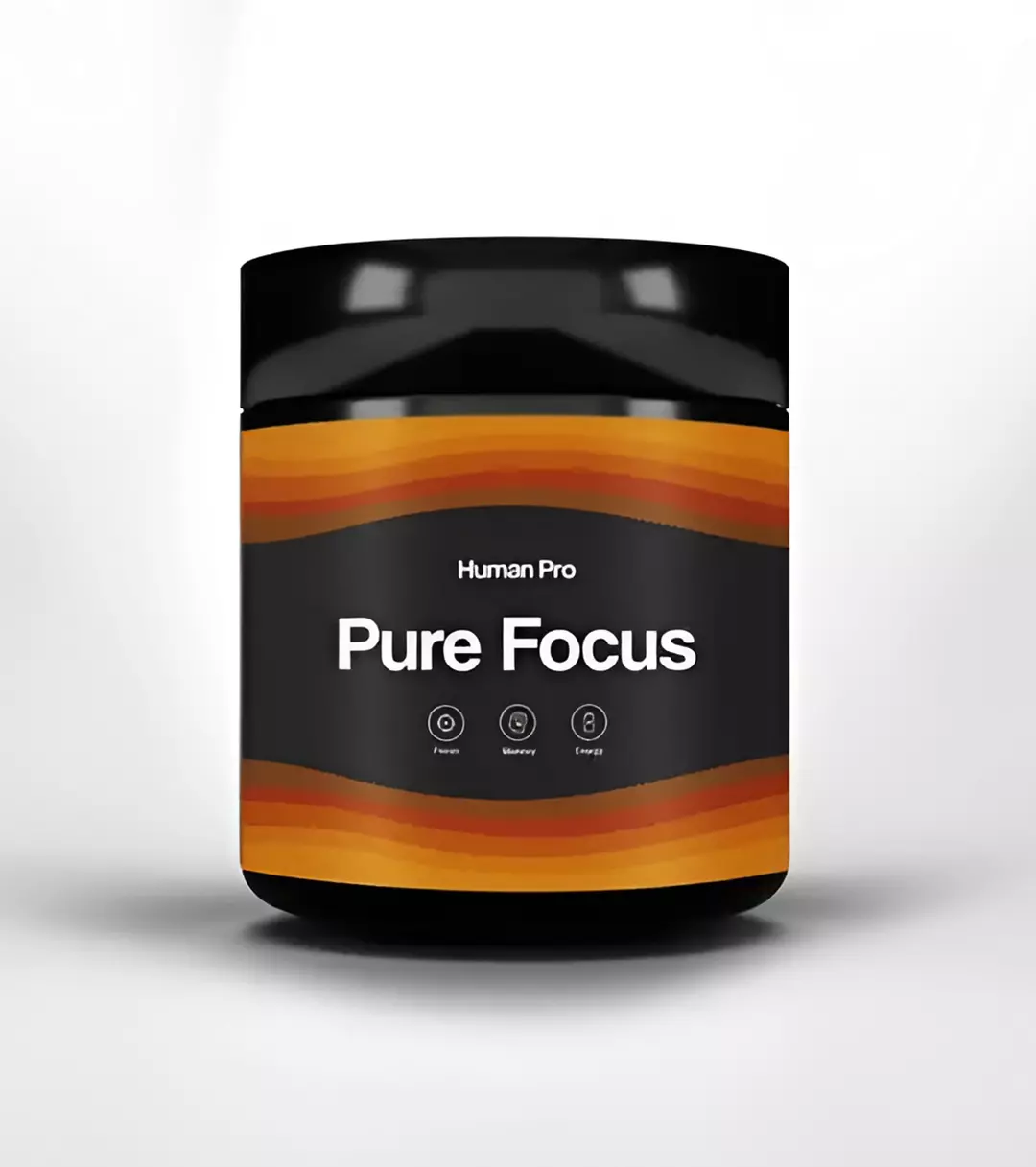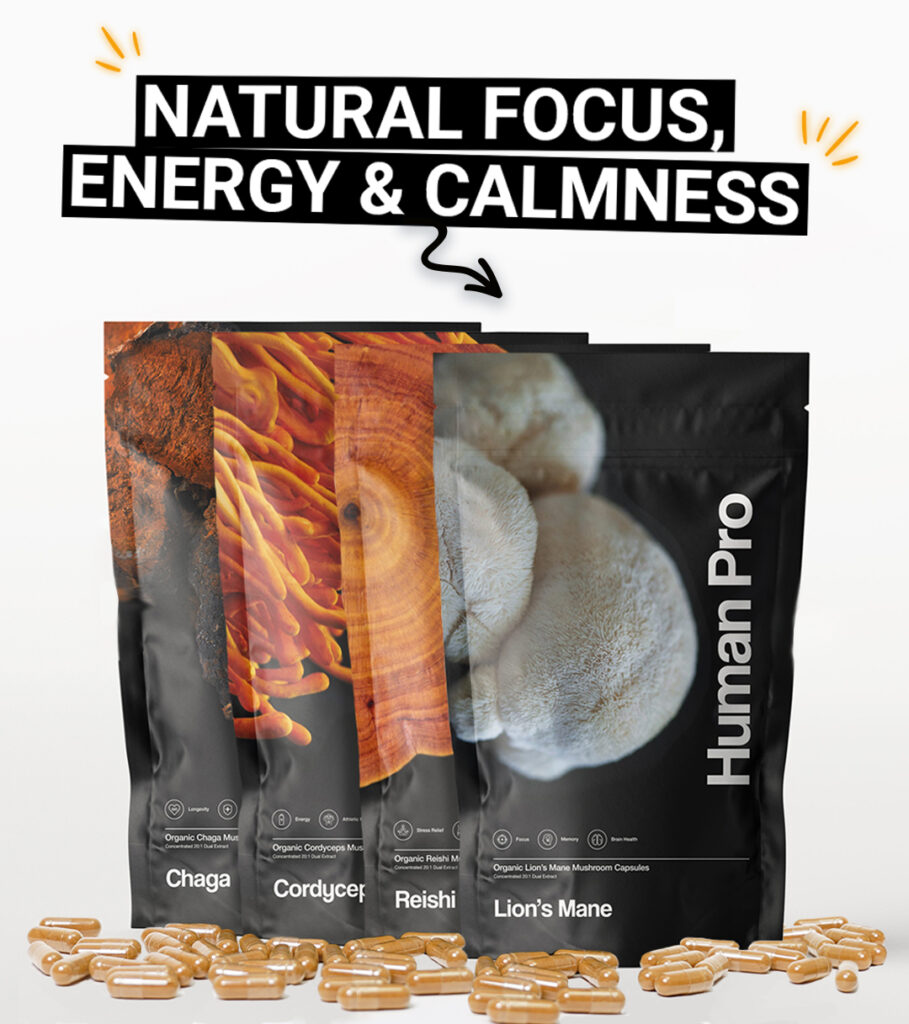In my recent article Habits that 10x our Microdosing Practice, I outlined all the ways that I currently boost my microdosing practice.
Of course, meditation is vital for us all, whether we are microdosing or not.
Luckily meditation is no longer some far-fetched idea from another culture.
Yes, the oldest records show that it originated in India and China as far back as the 6th century BCE.
A practice that spans thousands of years and arguably all cultures globally, has done so due to extensive benefits many of which are still being understood and discovered.
With such a long history, the only place to start is at the beginning.
What is meditation?
Meditation is the conscious and deliberate practice of being quiet and observing our thoughts and/or our breath.
A dedicated time to train our minds to focus and redirect our attention and quiet our minds.
Meditative practices can be as long or as short as needed, it’s less about the duration and more about the repetition, the diligent practice of returning to the cushion.
It can be done sitting or lying down, with eyes open or closed.
Some observe their breath or a specific bodily sensation, others chant a mantra.
The basic premise of meditation is to cultivate a state of non-reactive awareness.
To allow whatever arises to be as it is and then to notice that the thoughts/emotions/sensations that arose have changed or even gone away.
Types of meditation
Headspace, defines meditation as a formal exercise to cultivate compassion and awareness for the benefit of a more fulfilled and resilient way of being. On their website, they outline 16 different types of meditation.
I’ve summarized them for you here below:
1. Focused attention
This form of meditation is as simple as they come. When noticing a wandering mind, we simply return to the breath, that’s it.
2. Body scan
Some of us live from the neck up, yup, it’s quite common. This mediation is an opportunity to zone in on each part of our bodies, like a scanner, n each sensation, its location, and other defining characteristics. Scanning from head to toe fortifies our capacity for concentration and brings us back into our bodies.
3. Noting
Whenever our mind wanders, and we notice, then we notice that we notice. Internally thinking the word Notice or Note is like swiping left and prompting the distraction to disperse so we can return to a clearer state of mind.
4. Visualization
Some of us are more visual and this is a great tool if we are better able to visualize a place or a physical sensation. Visualization at this level is a deeply immersive and robust meditation technique.
5. Loving-kindness
This is quite a fun and uplifting technique. Broad strokes, when practicing this technique, we begin by tapping into the feeling of loving-kindness toward ourselves. From ourselves, we then expand out to someone we know and love, then to strangers, and finally to humanity at large. Check out this video for specific instructions.
6. Skillful compassion
This technique may be a little easier than the loving-kindness technique as we only focus on someone that we know and love. Once we have our person and can find the feeling inside our hearts, we just linger there for a while.
7. Resting awareness
Can be explained as remembering that thoughts are like clouds. This mediation does not involve any focus on our breath or visuals of any kind. Not asleep but also not deep in thought, but rather some peaceful place in between.
8. Reflection
Reflecting is a meditation that focuses on the sensations in our bodies when faced with certain questions. Less about the answer to the question but more about how it feels when faced with the question.
NOTE: Several of the following mediation techniques require a bit of training and perhaps some professional guidance at first.
9. Zen meditation
Buddhists have long been practicing sitting upright and simply following the breath as it moves in and out of the belly. The ability to let the mind ‘just be’ allows the meditator to feel both present and alert.
10. Mantra meditation
Chanting mantras creates subtle vibrations in our throat and therefore massage the vagus nerve in very impactful ways. I’m gonna use this opportunity to share my one of favorite chanting meditations by Tina Turner. Yes, THE Tina Turner. It’s a longer video in case you feel inspired to chant for a full two hours, but either way, it’s really worth checking out.
11. Transcendental meditation
This is a sitting practice that happens twice a day for 20 minutes at a time as instructed by a certified TM facilitator. It’s taught on a one-to-one basis and licensed by the Maharishi Foundation.
12. Yoga meditation
It’s arguable to say that yoga in itself is meditation. More specifically, Kundalini yoga is due to its ability to strengthen our nervous system. It involves breathwork and also deep relaxation poses which help to integrate the neuromuscular changes that take place during this practice.
13. Vipassana meditation
This is a technique that can only be learned on-site in a certified Vipassana center. Learning the practice requires signing up for a 10-day silent retreat. It is important to allow ourselves to be without any distractions for a minimum of 10 days in order to understand the technique and its benefits, in other words, not for sissies but very very powerful.
14. Chakra meditation
Here we focus on each of the 7 chakras aka centers of energy. Meditating on our chakras keeps us feeling open, aligned, and fluid. This chakra-unblocking video is 8 hours long and meant to be played in the background as we sleep. With 19m views, I thought you might also be interested in trying it out.
15. Qigong meditation
This meditation technique involves slow and considered movements that clear any blockages in our energy pathways. An ancient Chinese practice that is widely practiced globally. Here’s a great video to get you started.
16. Sound bath meditation
This meditation requires a practitioner to use bowls, gongs, and other instruments to create sound vibrations. We simply lay down and meditate on the vibrations that the sounds create. A deeply relaxing practice that should be tried at least once. If you’ve got a great set of headphones or speakers, give this 3-hour video a try.
Regardless of the technique you’ve chosen for today, meditation is a practice that allows us to develop and deepen our ability to observe the thoughts, emotions, and sensations running through us.
The benefits of observing without judgment or reaction
Reducing stress and anxiety
Meditation helps activate the relaxation response, reducing the production of stress hormones and promoting a sense of calm and relaxation.
Improving focus and concentration
Regular meditation strengthens youtoo sustain focus and concentration, leading to enhanced productivity and efficiency in various areas of life.
Cultivating emotional well-being
Meditation enables you to develop emotional resilience and regulate emotions more effectively, improving overall emotional well-being.
Enhancing self-awareness
Through meditation, you gain insight into your thoughts, emotions, and patterns of behavior, fostering self-awareness and personal growth.
Boosting physical health
Meditation has been shown to have numerous physical health benefits, including lowering blood pressure, strengthening the immune system, and promoting better sleep.
Some MORE excellent online resources to get you started
- Headspace: Headspace is a popular meditation app that offers guided meditations, mindfulness exercises, and sleep sounds. It provides structured meditation programs for various needs, including stress reduction, focus, and sleep.
- Insight Timer: Insight Timer is a free meditation app that offers a vast library of guided meditations, talks, and music tracks from leading meditation teachers and practitioners worldwide.
- Calm: Calm is a meditation and sleep app that offers guided meditations, breathing exercises, and sleep stories. It provides soothing content to help you relax, reduce anxiety, and improve sleep quality.
- UCLA Mindful Awareness Research Center:: The UCLA Mindful Awareness Research Center offers free guided meditation recordings led by experienced teachers. These resources cover many topics and can be accessed directly from their website.
- Sam Harris’s Waking Up app is an excellent tool to use for meditation. This is a very popular and well-loved platform. He’s got a great voice and a wide range of meditation techniques and durations available.
- YouTube: YouTube hosts a wealth of meditation channels and videos that cater to different preferences and styles. Some popular channels include The Honest Guys, Tara Brach, and Jason Stephenson.
Bonus
I personally really enjoy two meditations by Sadhguru, an Indian mystic.
One of them includes chanting the AUM mantra and the other is a more non-chanting meditation called Isha Kriya. Both of these are short, sweet, and very potent.
Explore any of the many online resources mentioned above and experiment to discover which approach resonates with you most.
Give yourself the gift of daily meditation, and may it guide you toward self-awareness, embodiment, and resilience.
The magic is in regular practice. Returning to the meditation cushion day after day, regardless of what is happening in our lives.
We do not meditate despite distractions and frustrations but rather because they will inevitably arise.
It’s not so much whether you meditate for 20 minutes or an hour.
It’s the daily consistent practice, of perpetually returning to our cushion as a doorway to a new understanding of ourselves and the world we live in.
What are your favorite meditation techniques or resources?
Let me know by replying to this email or by leaving a comment on my blog article. I will get back to you!
As always,
Shine bright. Do good. Flow strong.
Asha ✨





2 Comments. Leave new
Read, thank you!
It’s a pleasure!
Glad you enjoyed it, Pedro 💫